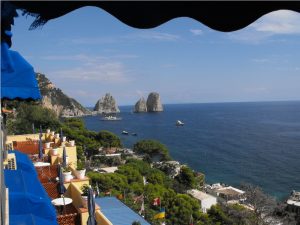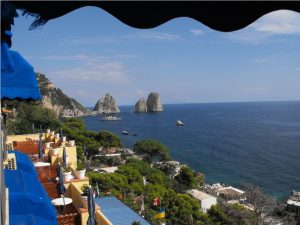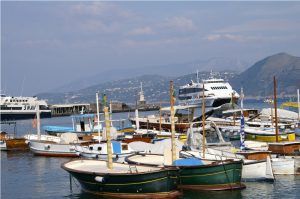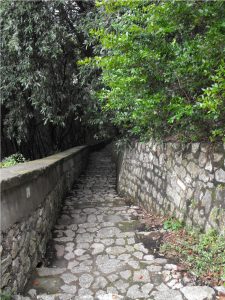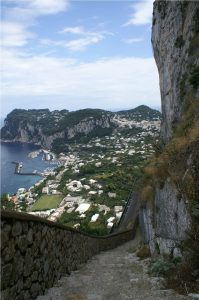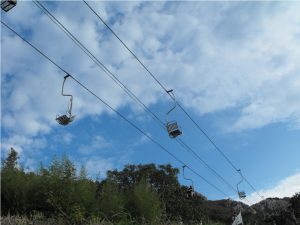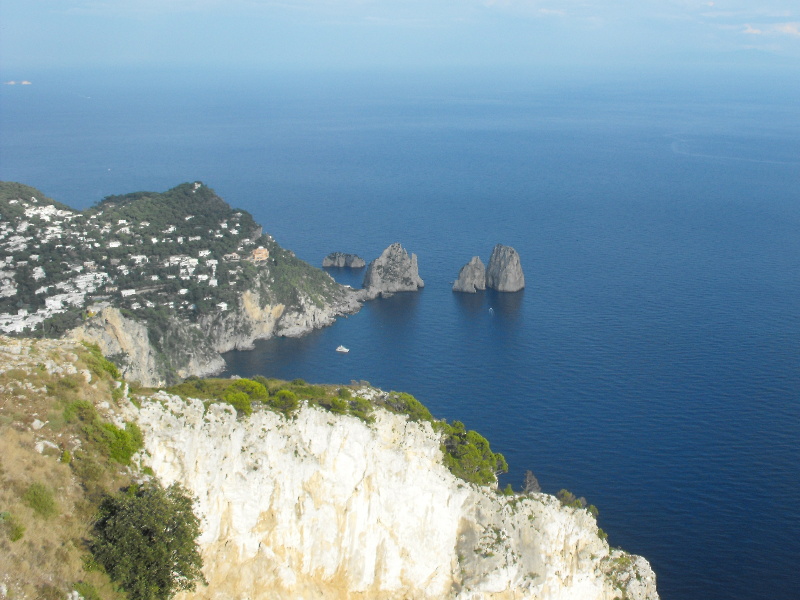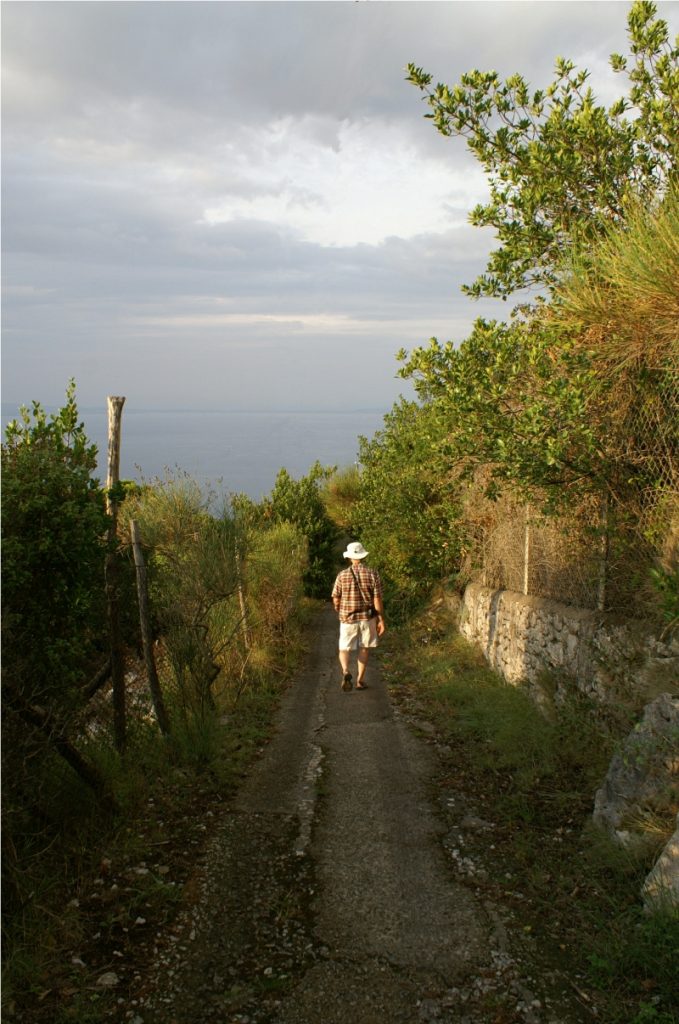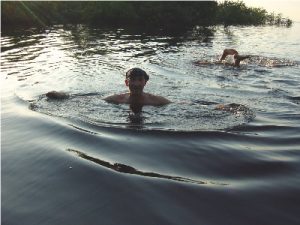The Great Smoky Mountains National Park didn’t exist before the Great Depression. Chartered in 1934, the park took in over 800 square miles in eastern Tennessee and western North Carolina. 10 million visitors per year pass through the park, with a large number of them passing along US highway 441 between Gatlinburg, Tennessee and Cherokee, North Carolina. To the east of this main tourist area, just north of Maggie Valley, NC and just off of I-40 is the Cataloochee.
Settled by white men who gradually displaced the Native Americans between 1800 and the Civil War, the Cataloochee as it is today gives a glimpse of life in the remote valleys of Appalachia at the turn of the twentieth century. The settlers descendants were themselves displaced by the creation of the park, leaving behind their houses, barns, fields, churches and cemeteries. When you go there you will feel the shadows of both the Native Americans and the white settlers, or maybe you’ll just feel the wonderful remoteness and stillness of the place. Getting there is not difficult, but don’t expect to roll in your RV; you can’t get them around some of the curves in the road. For an idea of what the road in is like you might want to take in a video someone posted on You Tube.
The campground is located on the banks of one of the streams flowing through the valley and like most National Park Service campgrounds charges a modest fee for a reservation which can be made online up to 6 months in advance of your trip. It is perfect for car campers who want to unload their gear from the back of the car onto the picnic table and sort it out from there. Bathhouses with shower are there, but note that the last time we were there, the filtration system was not working so take along a water purification system or plan to boil all the water you intend to consume.
If you proceed down the road a few yards past the campground, you’ll find the trailhead for the Boogerman loop trail. The trail climbs the mountain on the side of the valley and comes back down to the stream. Along the stream you’ll find yourself walking across a dozen or more log bridges.

Along this part of the trail, you will share space with horseback riders, but up on Boogerman loop proper you won’t see any horses. What you will find are some of the foundations of the houses of the farmers who cleared the fields on these mountains and maybe a little rusted tin from the roof of one or two. You may even feel as though you are trespassing, walking through a forest regenerated from a field cleared with back-breaking work. Along the way you will come to a low wall, three to four feet high and three feet wide stretching for a hundred yards into the forest. Most likely, as the field was cleared and plowed, the rocks in the wall were unearthed and carried to the edge of the field, where they were laid into an orderly wall. As you can see, in the 85 + years since the Park took over the farms, along these hillsides the forest has reclaimed fields.

Look for the giant Poplar tree near the wall. Its base is hollow and two of us stood inside it. These giants haven’t been seen by everyone. I could post a picture, but you need to go see it for yourself.
The trail comes back down the mountain past the old farms and rejoins the stream. If you went along Boogerman loop clockwise, you’ll turn to the right to get back to the trail head. As we did so, we soon encountered where the forest had tried to reclaim a footbridge. We made it across, and as you see it was gracefully done.

Back at the trail head you can turn left and drive or cycle a few miles down into the valley where the meadows still grow tall grasses. You’ll likely see turkey or deer or, if you are out early in the morning or just at dusk, you may encounter a herd of Elk. Once native to these mountains, a re-population project was started a few years ago with 25 Elk. From what we have seen the project has been a success and Elk can be found over a wide area of the National Park. We intentionally went to the meadow at dusk and were literally surrounded by Elk. Although they know they have to share the meadow with mankind, they remain nervous creatures, so don’t get too close. They are wild and deserve their space.

If you take the road on down past the bridge and the school-house you’ll come to a farm-house and its barn. Get out and go into both. Sense the presence of a time long gone. It reminded me of my grandparents farmhouse that was built about the same time. I’ll come back with another post about the houses, barns, churches and schools left behind and the Elk who have returned.














